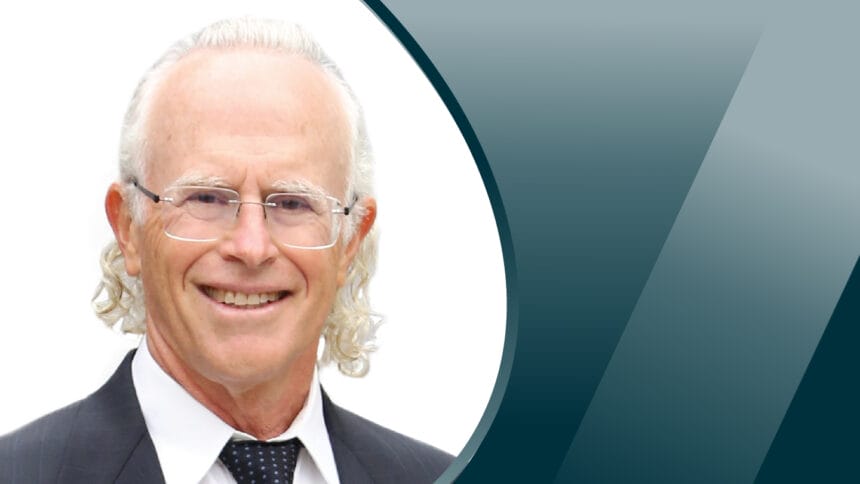
It’s been more than four years since the onset of the tragic pandemic that took the lives of nearly a quarter million vulnerable older adults living in nursing homes. Their lives mattered. How they spent their final months, weeks and days should matter to all of us.
These were our elders, and they deserve our respect. How did we fare in this regard? What did we learn? How can we do better? I said at the time that “An outbreak is no reflection on the quality of a nursing home. It’s what you do about it that matters.”
The recent reaction to the nursing home staffing mandate suggests that we still have more to learn.
It is time that responsibility for how nursing homes operate be placed on clinical leaders with expertise in geriatrics and long-term care medicine. The Final Rule on staffing is an important action stemming from President Biden’s 2022 State of the Union call for improved nursing home quality.
The focus on the Facility Assessment provides a historic opportunity to engage the director of nursing and the facility medical director in critical decision-making. Facility assessments must take resident acuity and clinical needs into account to determine appropriate staffing levels. While this may rarely result in lower staffing levels than the mandate, evidence-based literature informs us that it will result in levels that significantly exceed the minimum levels mandated by the rule!
Concerns over facility closures must take into account the poor care delivered in some of the facilities that have closed. While there are some excellent nursing homes that have been forced to close, the data strongly points to these being the exception and not the rule.
I feel the pain of my friends and colleagues who are affiliated with these unfortunate facilities. However, I can’t escape the profound pain of the tens of thousands of residents and families who will never experience the type of person-centered care that my esteemed colleagues manage to deliver, often despite financial machinations completely unbeknownst to them. The needs of the many outweigh the needs of the few. And they most certainly outweigh the financial needs of those individuals who profit from inadequate staffing levels.
Four years ago, I channeled my colleagues working on the front lines of the pandemic. They were desperately trying to respect, protect and care for our elders. We were desperately trying to sound the alarm. Remembering those days brings back feelings of helplessness that should provide a clarion call to action. The stories shared with me about impediments put in the way of effective action will be ensconced in my memory for the rest of my life. Those memories inform and drive my quality improvement efforts. To many of my colleagues, and more importantly, to the families of residents who died and suffered, the nightmares will be with them forever.
Unfortunately, as time passes, the horrors have begun to fade from public view. This is my new fear. The OIG documented 169,291 excess nursing home deaths in the first year of the pandemic alone. The final number was most certainly closer to 250,000. These were our parents, grandparents and loved ones. Their deaths should matter.
Blame won’t solve problems. We must seek solutions. Well thought out and heavily researched recommendations related to nursing home staffing are readily available. The importance of a meaningful and evidence-based Facility Assessment has been delineated.
Today’s nursing home residents, as well as the friends and families of those who died during the pandemic deserve these types of solutions. Only then can we fully begin to honor those who have fallen.
Michael Wasserman, MD, CMD, is a geriatrician and member of the Board of Directors for AMDA —The Society for Post-Acute and Long-Term Care Medicine. The views expressed here are his and his alone.
The opinions expressed in McKnight’s Long-Term Care News guest submissions are the author’s and are not necessarily those of McKnight’s Long-Term Care News or its editors.
Have a column idea? See our submission guidelines here.





